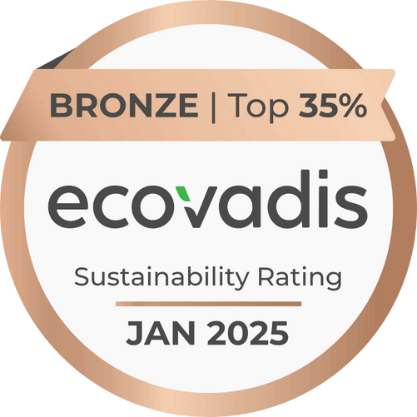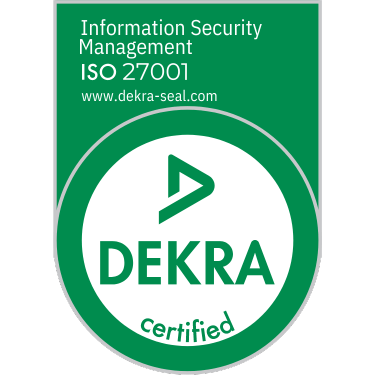Sustainability
Driving semiconductor sustainability with fact-based data and insights
TechInsights’ Sustainability cradle-to-gate tools are the key to unlocking a greener future for the semiconductor industry. Make informed decisions, reduce your environmental impact, and gain a competitive edge with key data on Scope 1, 2, and 3 carbon emissions.
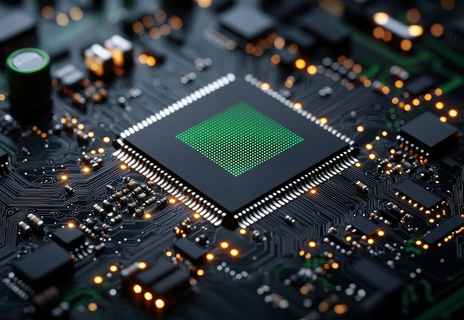
1.5M+
Reports
100K+
Chip Teardowns
650+
Global Customers
30+
Years of Experience
A Single Product for Cradle-to-Gate Sustainability Insights
Keep up with the latest developments, trends, and forecasts for semiconductor sustainability. TechInsights on Sustainability helps you stay informed with expert analysis from TechInsights subject matter experts and unique content tailored to addressing the challenges of environmental stewardship in the industry.
EcoInsights is the ultimate solution for semiconductor companies committed to reducing their environmental impact. With the ability to calculate the carbon footprint of over 30,000+ integrated circuits (ICs) with cradle-to-gate transparency, EcoInsights provides deep insights into emissions from die manufacturing, packaging, and transportation. By pinpointing key areas for improvement, companies can make informed decisions to lower carbon emissions and enhance sustainability.
EcoInsights sustainability tools now meet Carbon Trust Requirements for Model assurance. Learn More

Three Modules to Drive Sustainable Decisions
Manufacturing Carbon Module
The Manufacturing Carbon Module is the first of its kind to detail Scope 1, Scope 2, and Scope 3 carbon emissions by fab, location, wafer, and die. It combines equipment, processes, and manufacturing steps for Logic, DRAM, NAND, as well as select Gallium Nitride (GaN) and Silicon Carbide (SiC) processes, into a single model for over 400 fabs globally.
Packaging+ Carbon Module
The Packaging+ Carbon Module lets you calculate the carbon footprint of more than 30,000 ICs with standardized calculations based on packaging type, die size, and other factors. Get detailed analysis of Scope 1 and 2 from die manufacturing and Scope 2 and 3 emissions from packaging to track the impact of your entire supply chain.
Carbon Analyzer Module
The Carbon Analyzer Module offers a product-level overview of all integrated circuits in a device and their carbon footprints, down to the packaged IC level. It simplifies benchmarking and comparing semiconductor products and manufacturers on key sustainability metrics by detailing their environmental impact at both the component and function levels.
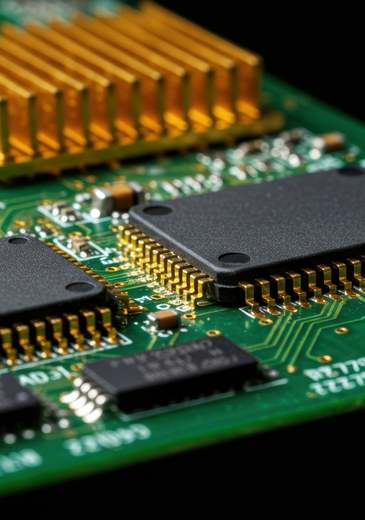
EcoInsights Supports Your Business in Its Sustainability Reporting
Covering more than 400 fabs, EcoInsights is a vital sustainability tool providing the detailed modeling and benchmarking that supports many areas of the semiconductor value chain, including:
- Capital Equipment vendors see value with readily assessable CO2e, water consumption and electricity usage at the fab, wafer and die level for 400+ fabs and "one-click reporting".
- Foundries can use the editable fields for scenario analysis; and facilitates understanding of abatement on carbon emissions and electricity consumption, as well as run competitor comparisons.
- Fabless vendors can leverage "one button cradle-to-gate" reporting for 30,000+ IC products torn down by TechInsights. The tool also enables scenario analysis.
- Integrated Device Manufacturers (IDMs) use the tool to support key design decisions and evaluate investment decisions for new equipment and tools.
- Product Manufacturers use the Manufacturing Carbon Module provides key inputs into cradle-to-grave analysis and reporting.
- Automotive Manufacturers use the Manufacturing Carbon Module to understand the carbon emissions associated with electronic components being used in vehicles, in conjunction with costing information from TechInsights’ Strategic Cost and Price Model.
Partner with TechInsights for Sustainable Semiconductor Intelligence
TechInsights is the trusted partner of the top companies worldwide, providing the knowledge needed to drive sustainable innovation in the semiconductor industry.
Frequently Asked Questions
The semiconductor industry plays a crucial role in modern technology, but its growth also contributes to rising carbon emissions. Addressing this issue is essential for mitigating climate change.
The industry faces a two-part challenge:
- Developing greener processes and technologies to create more powerful semiconductors with lower environmental impact.
- Reducing emissions from existing manufacturing facilities.
Scope 1 emissions come directly from a facility's activities, such as burning natural gas to on-site to heat a building. Scope 2 emissions are indirect emissions from purchased electricity. Understanding these categories helps identify areas for emission reduction.
Scope 3 emissions are those that result of activities from assets not owned or controlled by the reporting organization, but that the organization indirectly affects in its value chain. TechInsights will initially focus on Scope 3 emissions from Category 1: Purchased Good and Services and Upstream Transportation.
This module is a valuable tool for calculating and comparing carbon emissions from IC die and silicon wafer manufacturing. It covers a range of processes and technologies, allowing users to assess and compare the environmental impact of equipment, processes, and manufacturing steps for Logic, DRAM, and NAND for leading 300mm wafers, as well as legacy processes on 200mm wafers and below.
The key emissions elements to be addressed include:
- Breakdown of Scope 1, 2, and 3 emissions from die manufacturing.
- Comparison of carbon emissions based on:
- Purchased electricity
- On-site fossil fuel usage
- Process gas usage and abatement efforts, including data on PFAS chemicals
- Water consumption
- Historical and future emission scenarios for informed decision-making
This model is designed to support various players in the semiconductor value chain:
- Foundries, Fabless vendors, and IDMs can use it to optimize design choices and evaluate investments in new equipment for lower emissions.
- Capital equipment vendors can benchmark their tools against competitors to demonstrate environmental benefits.
- Product manufacturers can use the module for life cycle analysis and emissions reporting.
- Government can use it to analyze the impacts and benefits of manufacturing onshoring, as well as having unbiased data that can triangulate reported values from organizations across the value chain.
The Manufacturing Carbon Module is based on TechInsights’ ongoing evidence-based analysis conducted by our Technical Analysis engineering teams. Molule outputs are validated using public information, including U.S. EPA summary sheets, company data from semiconductor manufacturers, acquired data sets, and information from environmental data sources.
The TechInsights Manufacturing Carbon Module database is continuously updated as more technology nodes come online. The module now covers more than 400 fabs worldwide, over 900 processes from the major semiconductor manufacturers, from 2015-2035. This allows users to compare historical results to current and future scenarios.
All customer queries and activities within the Platform remain secure and are not accessible to any other accounts. The only exception would be a query that a customer created, saved, and then chose to share with other users within their organization.
Users are able to review, compare, and benchmark how changing processes and process steps affect carbon footprints and emissions over time. This information is critical for vendors across the semiconductor value chain to benchmark, analyze, and report carbon impact at the micro and macro level. The module allows users to stay ahead of understand carbon footprint trends, get insight into equipment and process choices being made by the competition, and make informed decisions for long-term environmental gains and contribute to a healthier planet. Customers also use this tool to satisfy product carbon footprint requests from their customers during the bidding process.
Technology covered includes:
- Logic (3000nm to 3A)
- DRAM (150nm to 0B/1ε)
- 2DNAND (12x to 1z)
- 3DNAND (24L to 1024L)
- Power (3,000nm to 90nm)
- High-bandwidth Memory
- Interposers
The TechInsights Manufacturing Carbon Module provides evidence-based carbon emissions data for semiconductor fabs worldwide, including those forecast to come online through 2035 and includes known fabs under construction.
By using the TechInsights Manufacturing Carbon Module, companies can gain valuable insights and contribute to a brighter future for sustainable chip manufacturing.
Node is a term used to define a device technology generation and has significant impact on the equipment toolset and materials required for semiconductor manufacturing. In the early years of the industry node meant the minimum half-pitch of the smallest patterned feature on the chip, but in recent years the term now refers to a greater number of transistors per silicon area.
Logic chips have nodes expressed in nanometers (i.e., “28N” or “3N”) with a transition to angstroms (i.e., “18A” or “14A”) on the horizon. The most advanced fabs use a variety of lithography technologies to do patterning at different minimum pitches: Extreme Ultraviolet (EUV) only for the tightest pitches near the transistors, Deep Ultraviolet (DUV) for on-chip interconnects, and I-line for bond-pads and package-level interconnects.
Memory has evolved from 2D to 3D device architectures, led by non-volatile 3DNAND chips. 3DNAND memory is characterized by the number of horizontal layers stacked. DRAM may eventually transition to 3D, yet while still in 2D the node is characterized by a vague relative nanometer term (e.g., “2x” or “2y” see Table below).
In this model, foundry logic is used as the nodes for equipment definitions, which is then aligned to the other products’ nodes. Memory node alignments are by the year. They are expected to be introduced into high-volume manufacturing (HVM). For example, 276-layer (276L) 3DNAND uses the same equipment as 7nm Logic.
Node Equivalents in the Model
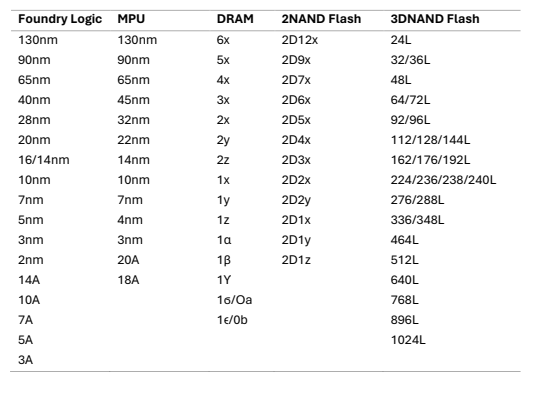
SMIC N+3 Confirmed: Kirin 9030 Analysis Reveals How Close SMIC Is to 5nm
Our Kirin 9030 analysis confirms SMIC’s N+3 node and reveals how it compares to industry 5nm. Get process measurements, density benchmarks, and expert analysis.
TechInsights Confirms China’s First Commercial STT-MRAM Chips
TechInsights confirms China’s first commercial STT-MRAM shipments, signaling a major semiconductor milestone and new competition in emerging memory markets.
Cost Explorer: Optimizing PPACtE for Semiconductor R&D
TechInsights’ Cost Explorer adds cost, cycle time, and carbon modeling to Synopsys DTCO workflows, enabling full PPACtE optimization before costly test wafers.








